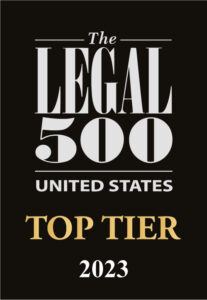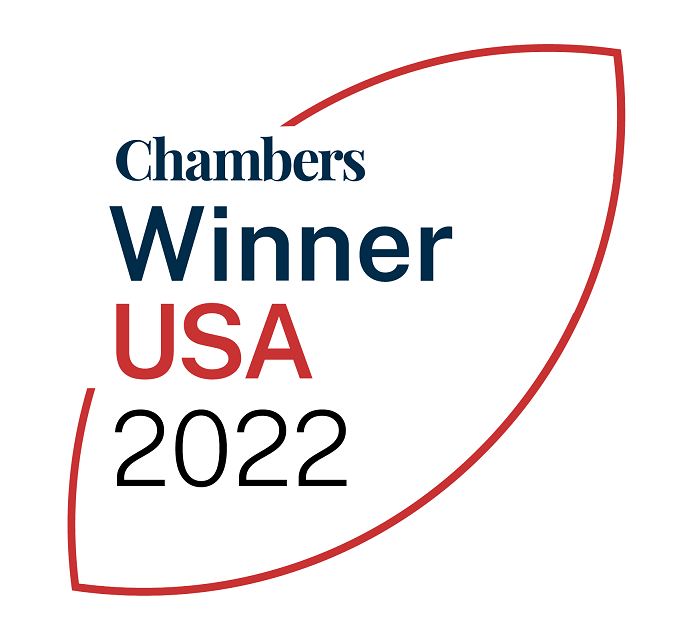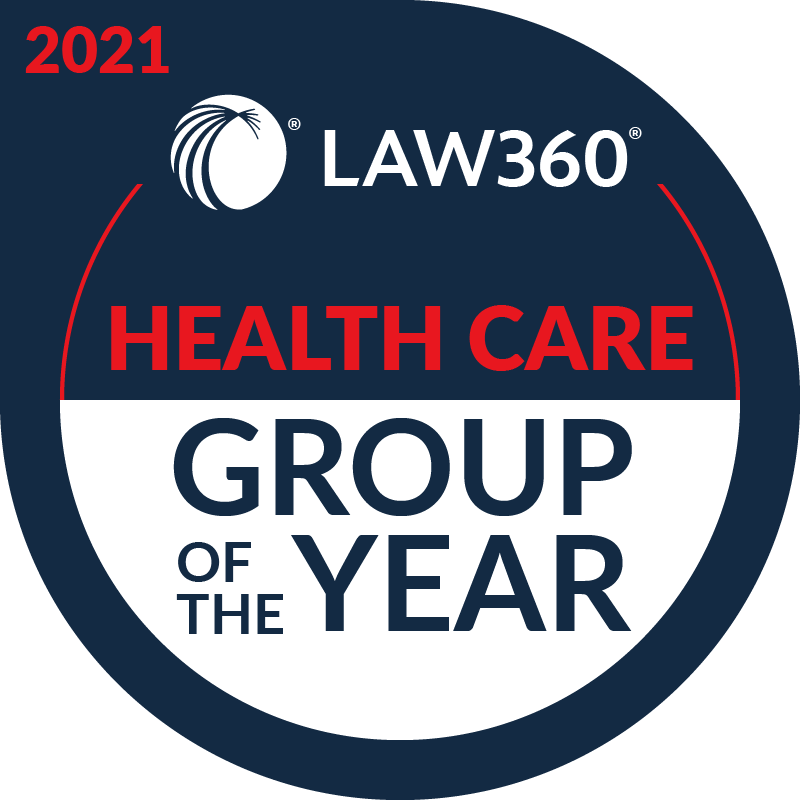After a year during which uncertainty in the equity markets became the new normal, many stakeholders are wondering whether the disruptions are behind us. A look at key indicators might lead one to say yes. The S&P Loan Index has returned to pre-pandemic levels, the default rate is significantly below the peak of 10% seen during the great financial crisis, and roughly $840 billion of M&A value was realized in 2020 versus $802 billion in 2019—and $290 million in Q1 2021 alone. But under the surface, several COVID-19-related factors and other market shifts still have the potential to lead to second-order or longer-term impacts.
Zombie Companies
Governments in the European Union and the United Kingdom have injected an unprecedented amount of stimulus into the European economy, and there are still plenty of credits propped up by government stimulus and liquidity injections from both lenders and sponsors. It remains to be seen whether those companies can recover. A risk remains that a large cohort of “zombie companies” will never recover, and that liquidity may have gone to waste.
Although currently healthcare businesses remain focused on having the cash to get through the pandemic, balance sheet sustainability will likely return to the fore, along with a reckoning that businesses that haven’t yet reopened are not likely to do so.
But businesses that were negatively impacted and can successfully come back to the market may present an opportunity, with low valuations, to deploy capital and create value through buying at a discount.
COVID Cash
The phenomena of businesses that benefited by supporting efforts to combat COVID-19 is unlike anything the corporate market has seen before. There were no similar phenomena during the global financial crisis, when the dot-com bubble burst, or after the debt malaise of the early 1990s. In the COVID-19 era, however, companies in subsectors such as diagnostics, therapeutics and temperature-controlled logistics are likely to be sitting on piles of cash. Unfortunately, that cash is dissimilar to revenues made running a business in normal operating environments. “COVID cash” doesn’t have EBITDA or private equity value. In the current zero interest rate environment, debt is cheap if you need to deliver it or extend that cash. And cash has a zero return. As a result, accretion dilution analyses are entirely different than at any time in history.
On the other hand, companies in subsectors such as medical devices, orthopedics, stents and peripherals are likely to have had a terrible experience during COVID-19 because discretionary surgeries were pushed into the future.
The challenge today is to normalize company performance. Doing so requires corporate management to be credible and transparent regarding whether the company has had a good year and that status is temporary, or whether the company is in a position such that increased or decreased revenue will continue. Seeking the most realistic picture, investors are now predominantly pricing off year-end 2021 and walking away from partners and sellers that continue to advance non-sustainable COVID-19 revenue scenarios.
Liquidity Gaps
One of the biggest structural shifts in the market is in liquidity sources for borrowers. For the most part, direct lending funds have taken a very pragmatic approach. But banks have not been able to do the same and ultimately have completely retrenched from the market. For example, banks might have once had an appetite to look at super senior pieces or bifurcated structures, but they have ceased to do so during the last 12 to 18 months. Many banks and other traditional lenders have been overburdened with liquidity requests and thus may not have been able to deploy focus in other directions.
The European Banking Group is also likely to face a large book of nonperforming loans in 2022. It remains to be seen how they will react, and what their appetite to new lending will be in that environment. This retrenchment may signal a longer-term structural shift, and it may be quite a while before banks come back into the market for private equity transactions in a meaningful way.
On a positive note, efforts to plug liquidity gaps have resulted in more collaboration among private equity sponsors, borrowers and lenders, a trend that may continue in the long term.
Looking for Longevity
COVID-19 accelerated innovation and ushered many assets to market. The challenge moving forward into the next investment cycles is to determine which assets represent fads and therefore should be avoided, and which assets have longevity.
The influx of new healthcare ideas in 2020 is ultra-fragmented and competitive. Although many of those assets realized significant revenue over the last 18 months, they are still several years away from being “ready for primetime” with a track record that supports long-term viability.
Evolving Emphasis on ESG
Beyond the pandemic effects, evolving environmental, social and governance (ESG) criteria are presenting new challenges for the market, with Europe seeing the greatest impacts.
ESG criteria started in the large-cap syndicated space, filtered down into the mid-market space and now feature in the majority of deals. Although ESG has been a focus in Europe for some time, focus has historically centred upon internal governance. The shift now is to examine what primary debt lenders can do to actively promote ESG in the businesses in which they invest.
With ESG considerations top of mind for investors and limited partners, sponsors and lenders are increasingly applying ESG factors as part of their risk mitigation and growth opportunity analysis process. It is becoming more common to see incentives proactively put in place to ensure that all parties are working towards the same ESG targets.
Increasing ESG attention is also the result of a growing number of EU regulations designed to ensure that financing flows to more sustainable businesses in support of achieving the Paris targets, reducing carbon footprints and reversing climate change. Sponsors and lenders are seeking data to demonstrate net zero progress and commitments.
One of the greatest challenges is that ESG is reactive to legislation on a country-by-country basis. What is deemed a recommendation versus what is mandatory, particularly in the case of cross-border transactions, is changing rapidly, and the evolution of requirements and expectations is largely outside corporate control.
Looking Forward
One of the most promising developments to come out of the pandemic was a recognition that meeting challenges on this scale requires operating with a greater level of collaboration. Partners on both sides of deals benefited from the increased information flow that occurred over the last 18 months. A more collaborative partnership model made it easier to get things done to the benefit of all parties during COVID-19, and has the potential to continue to do so.
The analysis presented in this article stems from McDermott Will & Emery’s HPE Europe 2021 virtual conference and our sessions examining the current challenges in healthcare private equity. McDermott partners Grégoire Andrieux, Mark Fine, Aymen Mahmoud and Eleanor West served as session moderators, joined by industry professionals Adam Dolder of Great Point Partners, Brian Sheridan of Archimed, Holly Bott of Axis Arbor, Alex Jones of Ares, Michael Massarano of Arcmont Asset Management and Malin Hedman of Bain Capital Credit.
Subscribe to our insights to stay abreast of trends and developments in the healthcare private equity market, and keep an eye out for HPE Europe 2022, which promises to be an exciting return to our exclusive in-person event.






